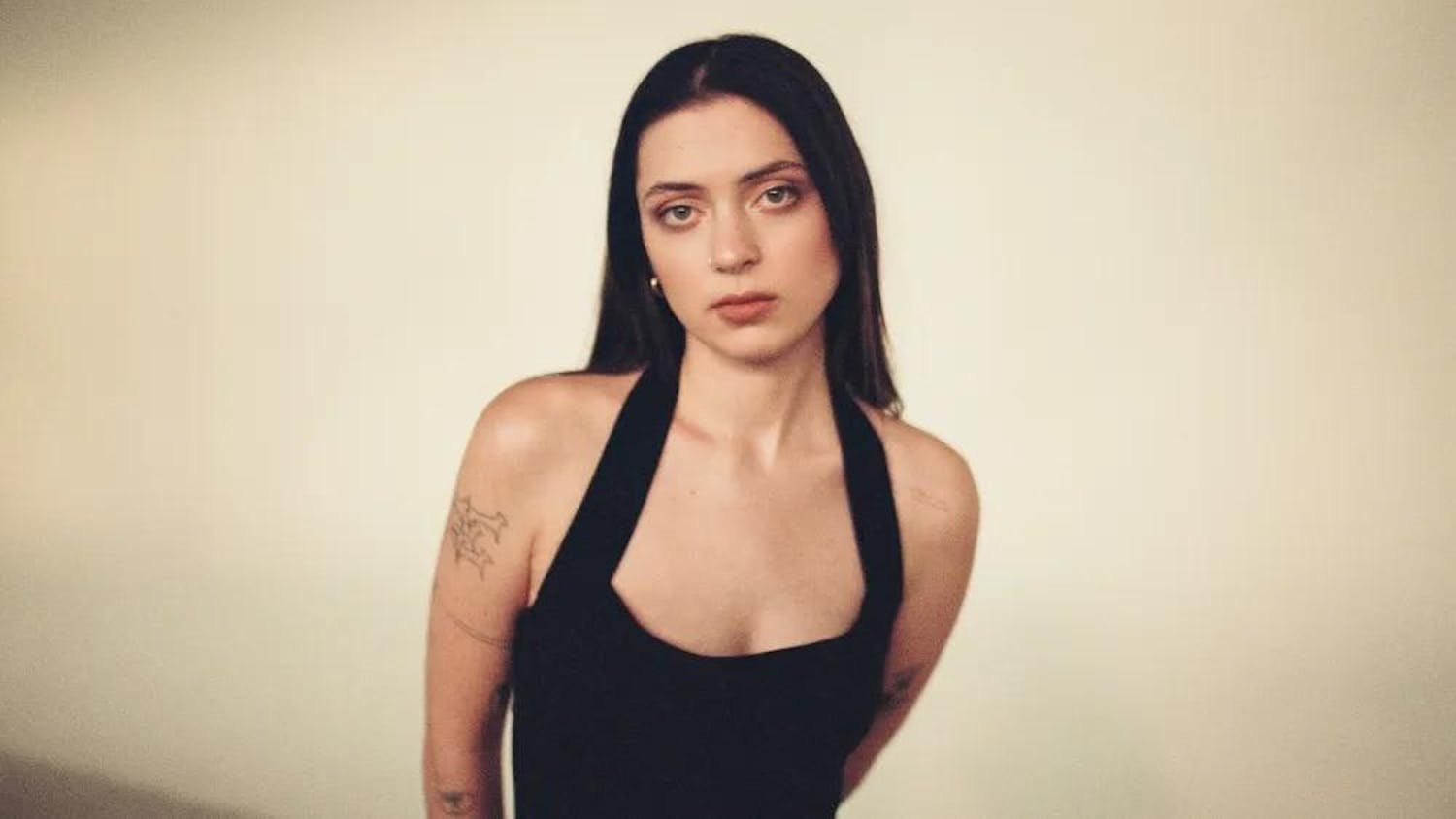“Beauty and the Beast” revels in the nostalgia of its source material — at times, to a fault. The live-action remake of Disney’s 1991 animated classic smashed box office records with a $170 million opening week in North America, but critics remain divided in their responses to the film. Certainly, the refurbished product will have its detractors: rooting its appeal in cloning the original, “Beauty and the Beast” begs the question of what its existence actually adds to the Disney canon. And yet, despite my best efforts, I could not help but surrender to the charming sentimentality of its spectacle. For any who traffic in the nostalgia and delight found in Disney musicals, “Beauty and the Beast” will thrill as an enchanting Baroque reverie.
The plot follows Belle, played by Emma Watson, whose affinity for books and invention earns her the ire of those in her provincial French town. Since her character’s creation in 1991, Belle has been a thorny subject for feminist scholarship — to some, her literary proficiency and creative spirit represent the veneer trappings of agency, rather than real agency itself. But “Beauty and the Beast” is a period piece, and thus requires setting Belle in contrast to the 18th century cult of gendered anti-intellectualism. Unlike the original, the live-action remake establishes its protagonist as the only literate woman in her town. The performance of reading assumes an active form of feminist resistance, rather than a mere character quirk.
The titular Beast, a disgraced former prince played by Dan Stevens, later imprisons Belle. The Beast and his cursed former castle servants have been transformed into monsters and house-hold items, doomed to exist in their physical prisons forever lest the Beast open his heart enough to fall in love — and be loved in return. The nature of the fairytale raises ethical and psychosexual questions about the potential for an organic relationship between Belle and the Beast. Certainly, there are elements of Stockholm syndrome at work here, and revisiting that dynamic does “Beauty and the Beast” no favors. Belle quickly succumbs to her captivity in a manner that is incongruous with her personality. Yet, director Bill Condon navigates this terrain delicately, taking care to explore the budding romance in a manner that emphasizes the pair’s common background. Both have been publicly branded as outcasts and find tenderness in that shared experience. The use of CGI helps to tame the Beast in a way that the 1991 animated film never could — Stephen’s eyes and facial ticks betray a certain sensitivity, offering a window into the monster’s ultimate humanity.
The film’s live-action approach both expands and limits its imaginative boundaries. The castle’s animated household items in particular are hampered by the medium’s commitment to realism, as they appear lifeless and devoid of real expression despite the legends voicing them such as Ian McKellen, Ewan McGregor and Emma Thompson. The limits of computer animation also undermine the fairytale moment of Belle and the Beast’s famous dance scene — seeing the awkwardness of their movements breaks the spell the film has built up over the first hour.
At the same time, the interplay between human actors and their CGI counterparts can be incredibly charming. Indeed, the film finds its soul in the interactions between Belle and the household items. Condon displays a real knack for blending the theatricality of musicals with the live-action genre: the beloved “Be Our Guest” number, sung by McGregor’s animated candlestick, Lumiere, is downright cheeky in its nod to Broadway stage productions.
Moreover, the film’s cinematography is stunning. Condon’s camera frames bodies against such enchanting French Rococo set pieces that it’s impossible not to get lost in the castle’s magic. The film’s color palette is astounding. Rarely has gold been put to such good use: the castle’s brilliant hues radiate warmth and subtly pull viewers into the film’s spell, while silkier tones play upon lighting and reflected surfaces. Gold soaks every frame, evoking the kind of nostalgic fantasy the film hopes to construct inside the imaginations of its viewers.
In an “A.V. Club” review, critic A. A. Dowd wrote: “Disney hasn’t even bothered to make a tale as old as time feel new again. The oldness is the selling point.” Dowd may be right: there are moments when “Beauty and the Beast” feels unnecessary, even lifeless. And yet, during too many moments throughout the movie I caught myself smiling, basking in the modern visual spectacle of a timeless classic.




